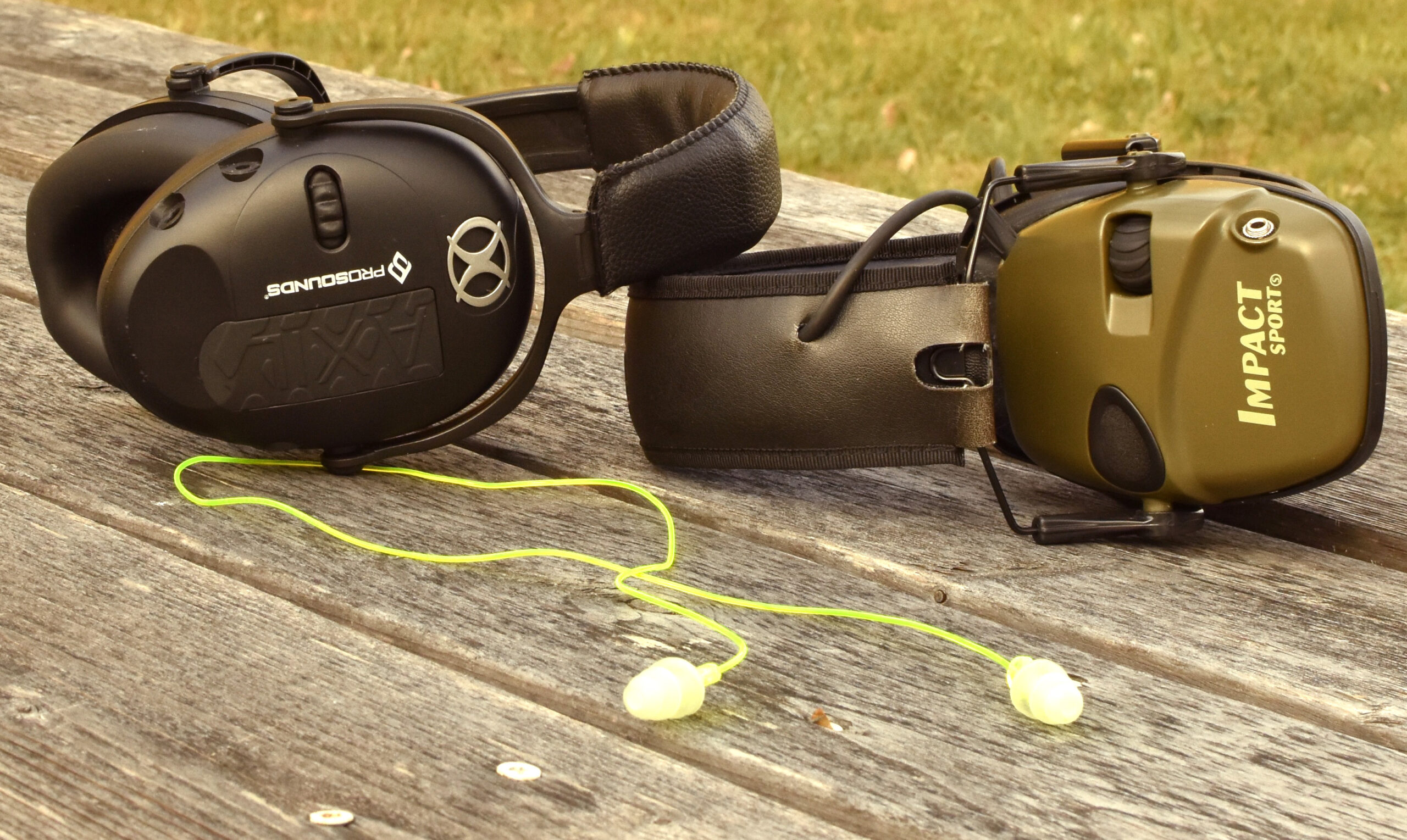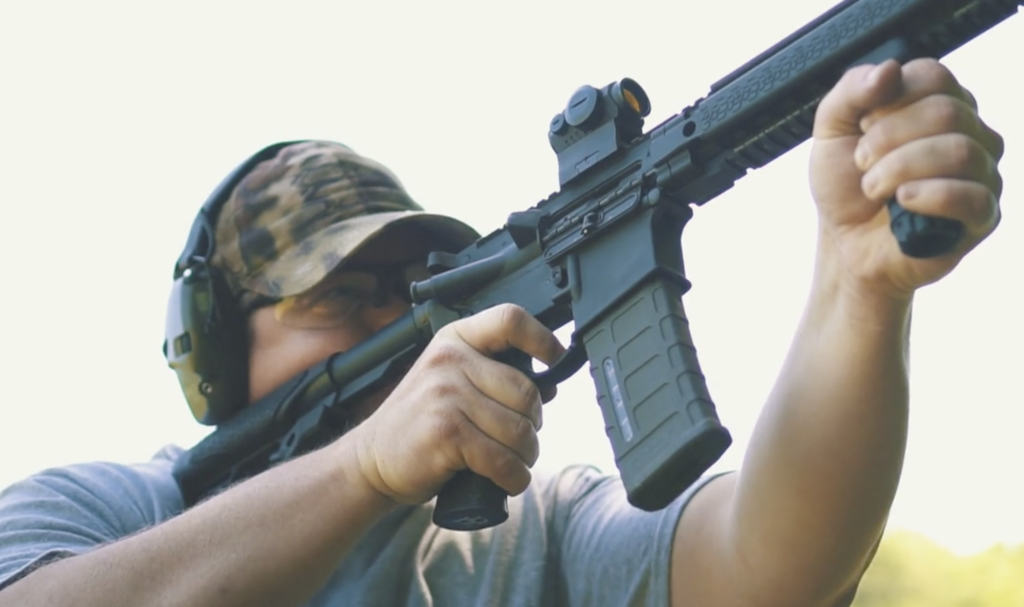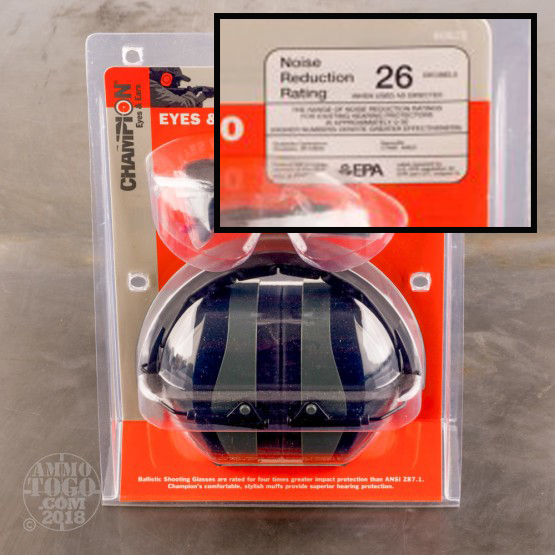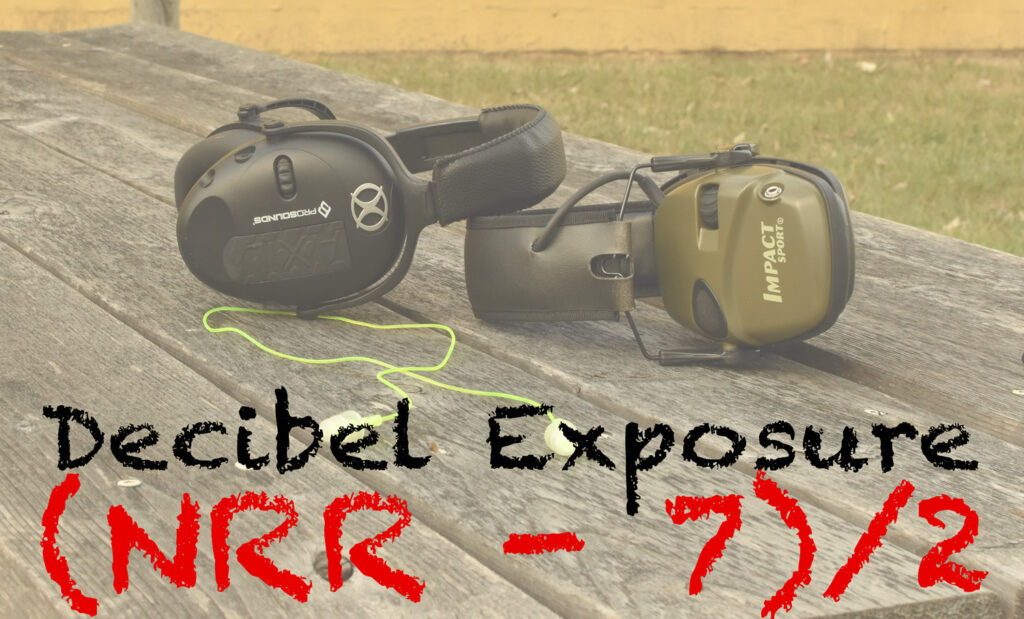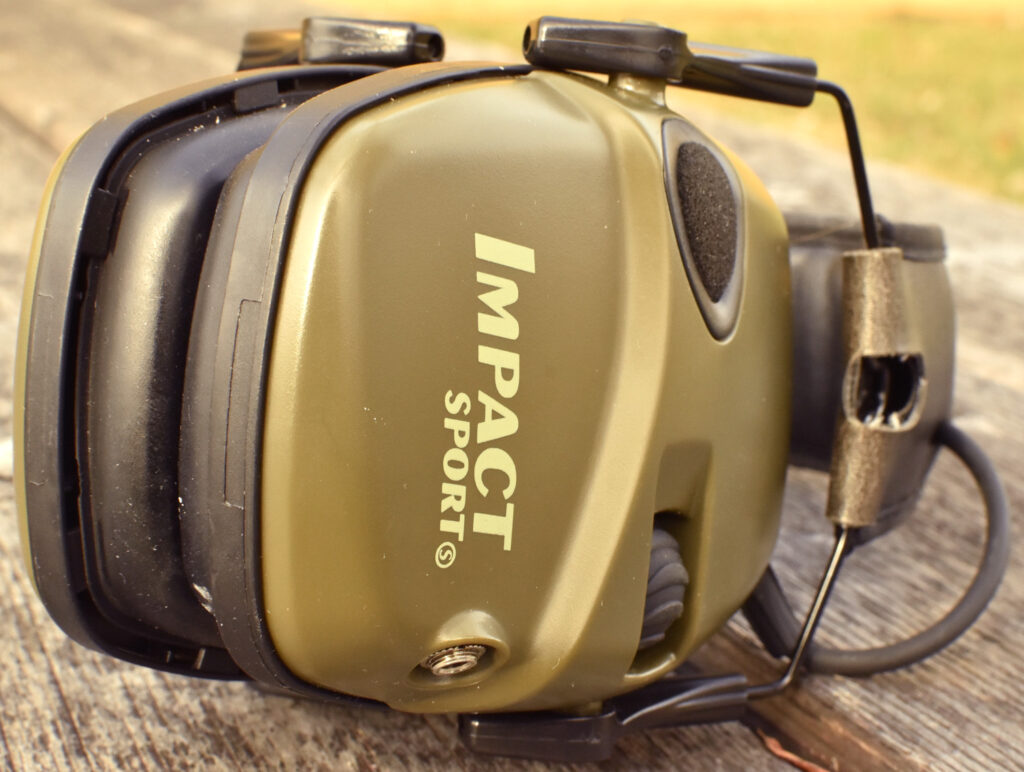While most of us know the importance of “eyes and ears” at the range, some concepts like the NRR of earmuffs may not be as clear. Let’s explore the differences between ear pro options to make sure you’ve got what you need to protect your sense of sound.
Visit any gun range in America and you’ll eventually come across a shooter who prefers to not use ear protection.
“It’s only a .22 Long Rifle,” they say. “And this 20-gauge shotgun isn’t very loud, why should I bother with ear protection?”
The fact is, if you shoot, you should be using ear protection, regardless of gauge, bore, cartridge, or caliber. But why? And if ear protection is so important, what kind should you use?
It’s essential that you understand the importance of ear protection, and choosing the right product starts with understanding “NRR.” First, we need to emphasize the impact of firearms on your hearing.
NRR and Your Hearing: What to Know About Ear Protection
The Dangers of Noise: A Look at Scientific Studies
Is noise from guns really that bad for our ears? Is it possible that the harms of loud noises on our hearing has been exaggerated? When you look at some of the scientific studies conducted on the topic, you’ll find that it’s really nothing to ignore and there’s a reason most of us insist on proper ear pro at the range.
Swiss Study
For example, a study from Switzerland looked at the potential connection between shooting firearms and HFHI (High-Frequency Hearing Impairment.) The study gave an online questionnaire to over 1,700 hunters, with an additional 202 hunters completing a hearing test. The questionnaire results showed that 11% of the participants reported “severe hearing loss,” while the same percentage showed hearing loss during the testing.
One of the interesting factors in this study is that, according to their data, the amount of shots did not seem to matter. (Participants reported how much they had shot over the past five years.) The report claimed that it’s possible to have “irreversible damage to the inner ear from just one or a few shots,” and concluded that “hearing protection should be encouraged from the first shot.”
Older Shooters & Noise from Guns
Another report on hearing loss and firearms focused on the effects of firearms noise on older people. This study, which was conducted in Wisconsin, looked at over 3,700 participants who were 49 to 92 years old. The study collected data on firearms use during target shooting and hunting, using a self-reporting method. Once the amount of firearms use was established, participants’ hearing was measured with pure-tone audiometery, a common test used for hearing-loss diagnosis and treatment. The findings were simple and obvious: 1,538 men who participated in shooting in the past year were more likely to experience hearing loss. Again, the study concluded that there should be more education about hearing impairment and firearms.
Clearly there is a need for hearing protection, even if you’re hunting and will only fire one shot. But what is the right ear protection, and how can you know which ones are good and which are not? It all starts with understanding the Noise Reduction Rating, or “NRR.”
What is NRR?
NRR is a system of measuring the effectiveness of ear-protection devices. It is a unit of measurement that indicates a device’s ability to keep loud noises from reaching your inner ears. Hearing protectors are tested and approved by the American National Standards as well as the Occupational Safety and Health Administration (OSHA).
When you see an NRR number, remember that the higher the number, the greater the ear protection.
How to Calculate NRR
According to Cooper Safety, to determine the overall decibel reduction when wearing ear protection, you should take the NRR number, subtract seven, then divide by two. For example, if you are wearing ear protection with a rating of 31, the reduction would be 12. (31-7= 24. 24 / 2 = 12.)
So, lets say you are wearing ear protection with an NRR rating of 31. Your gun and ammo produces a decibel level of 100 when you fire. That means you are exposed to 88 decibels. (100 – 12 = 88.)
NRR is defined by a device’s potential to reduce noise. However, this potential is subject to many other factors, including whether or not the protection is worn properly.
The highest NRR rating for an ear-protection device is 33. This value reflects the level of noise protection that you will receive when you wear this device by itself.
Can You Combine Ear Protection?
Many shooters will wear two sets of ear protection at the same time. For instance, they’ll place plugs or buds in their ear and then use some muff style protection over the top. This isn’t a bad idea but combining ear protection does not necessarily mean you get a protection level equal to the sum.
For example, if you wear ear plugs with a 33 rating and ear muffs with 31, you do not get the NRR equivalent of 64.
The highest rating level of protection for earmuffs is 31. For buds, it’s slightly better with a highest possible rating of 33. When combined, the two best ear protection options would offer an NRR of 36.
There are a lot of scientific stats involved, as well as complex math used to determine NRR, but as a shooter, just remember that the higher the number, the better the protection.
Ear Muffs vs Ear Plugs: Is One Better Than the Other?
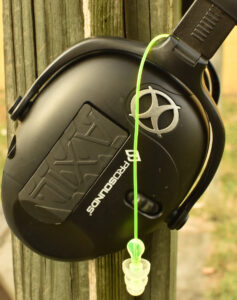
Ear muffs are often more convenient, easy to fit over your ears, and if they are fitted properly, often provide reliable protection. Surprisingly, you’ll actually find that muffs tend to have lower NRR numbers than ear plugs. One of the main disadvantages of muffs is that they can leave gaps between the head and the muff, which allows noise to enter.
Ear plugs are popular because they are often cheaper, easier to carry, and generally provide higher NRR numbers.
Despite superior ratings, plugs may not provide better protection. Some believe plugs allow sound to enter through the area surrounding the ear, not just the ear canal. With muffs, the area around the ear is covered, which in theory could provide better protection.
Again, the bottom line is that you should be using either one or the other when hunting or target shooting. You can debate muffs vs plugs all day, but in the end, as long as you’re protecting your ears with something, you will be far better off.
You can also double up and use both muffs and plugs. Most people agree that this is the most effective way to get outstanding ear protection during a day at the range.
What About Electronic Headsets?
You also might consider using electronic ear muffs. These are devices that use a wide range of technology to effectively block loud noises while allowing low noises to pass through. They have components like microphones, speakers, and amplifiers. Even with that technology, these devices often don’t have the higher NRR numbers that you see from other types of ear protection. That said, they do allow you to hear people talking, which is often important when firing at a range with a group of people.
Is Ear Pro With A Higher NRR Rating Worth the Money?
Of course, value is a subjective topic. Everyone will have a different opinion if more sophisticated ear protection options are worth more up-front cost.
That said, it’s hard to place a specific value on your ear protection. If you shoot frequently, you likely spend hundreds dollars every year for ammunition. Why not, then, spend an additional $25 to $50 on a top-quality set of ear protection? Be aware, however, that higher price does not always correlate with higher NRR. Ear protection devices, especially muffs, have various features, such as padded muffs, that may drive up the price. Therefore, always focus on NRR rating, not necessarily the price tag, when looking for the best ear protection.
Now that you understand the hearing risks of shooting, NRR ratings, and the different types of ear protection, you can make an informed decision on your next set of ear plugs or ear muffs!
